Lifting weights is hella intimidating when you're just getting started. That’s coming from personal experience, mate! You may have walked past the dumbbell rack a hundred times but never had the confidence to pick one up, succumbing yourself to treadmills and stepmasters. You may be unsure about your form or don't want to get injured doing it wrong. You're not alone.
Most beginners feel overwhelmed. You might be unsure what equipment you need, how often you should train, or which exercises work. You want results like better strength, more energy, and maybe some visible definition, but without wasting time or getting hurt. I’ve been there and I get you. So, what’s better than advice written from experience combined with science?
In this guide, let’s cut through the noise and help you. Learn the basics of lifting weights, the best exercises for beginners, and how to avoid common mistakes. Writing this with one goal in mind: To help you feel ready and confident to pick those dumbbells tomorrow!
What Are the Benefits of Lifting Weights?
Lifting weights improves strength, supports joint health, helps control weight, boosts mental clarity, and increases confidence. It's one of the most effective ways to build muscle, reduce body fat, and stay healthy in the long run. Let’s break that down a bit more:
Strength training, as the name suggests, is about training your body to get stronger over time. This is not just about getting bigger arms or hitting PRs. It’s about amping up your endurance. It’s about muscle growth (which, especially in women, starts declining after the age of 30).
It’s about challenging yourself. It’s about realizing just how beautiful your body is once you start working with it and becoming in tune with your whole system.
If you're a beginner, here's what you gain:
1- Real-World Strength
Daily tasks, such as lifting groceries or carrying your kid, become easier. That’s not just muscle; that’s functional strength. And once you reach the stage where you can easily handle your body weight while doing basic life-saving movements, something amazing happens:
-
Hanging from a branch in case of a zombie apocalypse (stronger core, upper back, and arms will be your savior).
-
Running in case you ever encounter a hungry cheetah (knees and feet made of steel, quads and hamstrings that look like the offspring of a Greek god, and glutes perfectly sculpted to help you balance that life-saving run, of course, along with fresh lungs).
- Squatting all the way down (because life will surely give you that no-western-washroom moment at least once (blessed be the knees).
- Falling without getting hurt (exactly where those strong arms come into play, plus some cushioning at the hips).
- Jumping (because what if you get cast in the next Bond 007 or Spider-Man movie (goal: build ankles like a cougar).
That’s when you know you are ready to survive out in the wild because you decided to make yourself stronger.
2- Stronger Bones and Joints
Resistance training increases bone density and joint stability. That’s especially helpful if you want to stay active as you age or reduce injury risk unless you want to be dependent on others the moment you hit 65.
3- Better Body Composition
Forget chasing the scale. Lifting weights reshapes your body by reducing fat and increasing lean muscle—even if the number on the scale doesn’t move much.
On that note, everyone who gets an instant pout seeing the scale not move, let me tell you something: the scale not moving fast is actually a sign that you are doing it right. Losing body weight too fast is NOT healthy (don’t count shedding 2 kg in water weight here).
If you’re fueling yourself properly and staying consistent with workouts, you may not see a change on the scale, but your body IS changing. You’re losing fat at an optimal rate your body can handle and gaining muscle, which is why the scale doesn’t budge. Unless things are really off, and you’re deceiving yourself.
4- Boosted Metabolism
Muscle burns more calories than fat, even while you're resting. This means lifting weights rewards you by boosting your metabolic rate. A good metabolic rate helps you enjoy life’s pleasures—like eating what you want without gaining weight overnight.
Some people can eat whatever they want and not gain weight because they have a high metabolism, while others seem to gain weight just by smelling food. But mastering your metabolism involves syncing with what your body needs, building muscle, and living a healthy life.
5- Mental Health Support
Lifting weights is not just physical; it impacts your mental health as well. Here's what science tells us about how exercise affects your hormones:
- Dopamine: This neurotransmitter is associated with pleasure and reward. Exercise increases dopamine levels, reducing stress and even depression.
- Serotonin: This neurotransmitter plays a role in mood regulation, sleep, and appetite. Exercise increases serotonin levels, promoting better sleep and overall mood.
- Testosterone: Known for its role in muscle mass and strength, testosterone is important for both men and women. It also plays a role in bone health and mood.
- Estrogen: Important for women’s reproductive health and bone density. Exercise helps maintain estrogen levels, especially during menopause.
- Growth Hormone (GH) and IGF-1: These hormones are involved in muscle growth and repair.
-
Cortisol, Adrenaline, and Noradrenaline: These hormones help your body prepare for physical exertion by increasing heart rate, blood pressure, and energy.
Explore More: Top 5 Exercises for Brain Health: Boost Memory, Focus & Mental Wellness
Weight Lifting Tips for Beginners
These tips will keep you safe, confident, and consistent, whether you're in the gym or at home:
1- Always Warm Up
A 5–10 minute warm-up increases blood flow and preps your muscles. Do jumping jacks, bodyweight squats, or even a brisk walk.
2- Start with Light Weights
You're not proving anything to anyone. Start small, master your form, and then slowly increase weight.
3- Learn Proper Form First
Bad habits are hard to unlearn. Focus on form over weight. Use mirrors or film yourself to check posture.
4- Focus on Full-Body Workouts
Instead of training arms one day and legs the next, train your whole body 2–3 times a week. This builds balanced strength.
5- Control the Tempo
Lift with intention. Don't swing the weight. Don't rush the reps. Feel the muscle working.
6- Rest Between Sets
Rest for 30–60 seconds to recharge your energy and perform each set with good form.
7- Stay Hydrated
Water helps with muscle recovery and focus. Keep a bottle nearby.
8- Track Your Progress
Write down your sets, reps, and weights. It helps you track progress over time.
Also Read: Best Lever Belts for Powerlifting, Weightlifting & Gym
What Do You Need to Start Lifting Weights?
You don't need fancy equipment to get started. You just need a few basics and a commitment to learning proper form.
Dumbbells
Start with a pair that feels light but still provides resistance. If it's too easy, go slightly heavier.
A Flat Bench or Mat
Some exercises are best done lying down or seated. A bench supports your back, and a mat is great for floor-based movements.
Proper Footwear
Shoes with flat soles help you stay balanced during squats or deadlifts. Avoid thick, cushioned soles.
Consistency
More than gear, you need commitment. Strength comes from steady effort.
If you don’t have dumbbells or can’t make it to a gym for any reason, start with bodyweight exercises. Get creative with things you have at home, like water bottles, bricks, or rolled-up towels. The key is to start!
Exercises for Beginners
Here are 10 beginner-friendly exercises that will help you build strength and teach you proper movement:
1- Bodyweight Squats
Targeted area: Legs, glutes, core
How to: Stand with feet shoulder-width apart. Lower your hips like you're sitting in a chair. Keep your chest up, and knees in line with toes. Push through your heels to stand back up.
2- Push-Ups
Targeted area: Chest, shoulders, triceps, core
How to: Hands under shoulders, body in a straight line. Lower until your chest nearly touches the floor, then push back up without flaring your elbows.
3- Bent-Over Rows (Dumbbells)
Targeted area: Upper back, biceps
How to: Hinge at your hips, keeping your back flat. Hold dumbbells with palms facing in. Pull weights toward your ribs and lower under control.
4- Dumbbell Chest Press

Targeted area: Chest, shoulders, triceps
How to: Lie on a bench with dumbbells in hand, elbows bent. Press the dumbbells up until arms are straight, then lower slowly.
5- Deadlifts (Light Dumbbells)

Targeted area: Hamstrings, glutes, back
How to: Stand with dumbbells in front. Hinge at your hips, keeping your back flat, and lower weights down your legs. Squeeze glutes to return to standing.
6- Overhead Shoulder Press
Targeted area: Shoulders, upper back
How to: Hold dumbbells at shoulder height. Press them overhead without arching your back. Lower slowly.
7- Lunges
Targeted area: Legs, glutes
How to: Take a step forward and lower until both knees are bent at 90 degrees. Push through your front heel to return to standing.
8- Planks
Targeted area: Core, shoulders
How to: Hold a straight body position on your forearms and toes. Keep abs engaged to avoid sagging.
9- Glute Bridges
Targeted area: Glutes, hamstrings
How to: Lie on your back with knees bent. Push your hips upward by squeezing your glutes. Lower back down.
10- Dumbbell Bicep Curls
Targeted area: Biceps
How to: Stand with dumbbells in hand, elbows close to your torso. Curl the dumbbells towards your shoulders and lower slowly.
Ready to Get Started?
You don't need a complicated plan or fancy gear—you just need the right start. Lifting weights is one of the best things you can do for your body and your mind.
At Body Reapers, we're here to help you train smart from the start.
P.S- Whether you are a beginner stepping out of your couch potato era or a seasoned pro who’s got the various exercise names on your finger tips, Our high-quality, beginner-friendly gear is made to support your growth—rep by rep.
Visit bodyreapers.com and gear up for your strength journey.
P.P.S - If you are a creator starting out in the fitness space and would love to showcase your skills in exchange for free products and visibility, slide into our DMs on Instagram showcasing your best work and get a chance to be featured on our Instagram and tiktok.
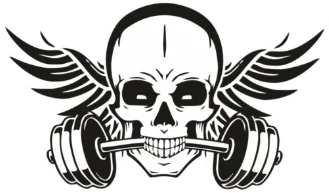
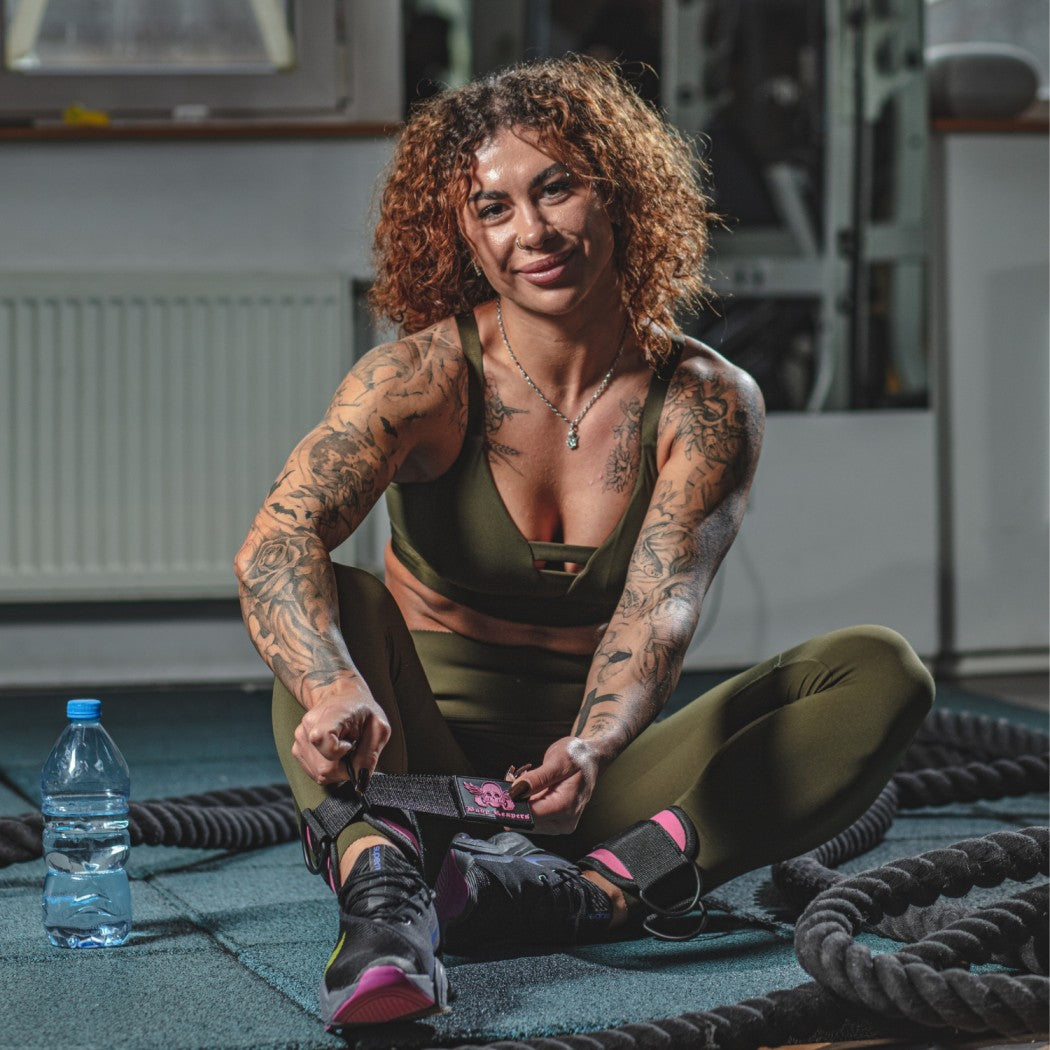
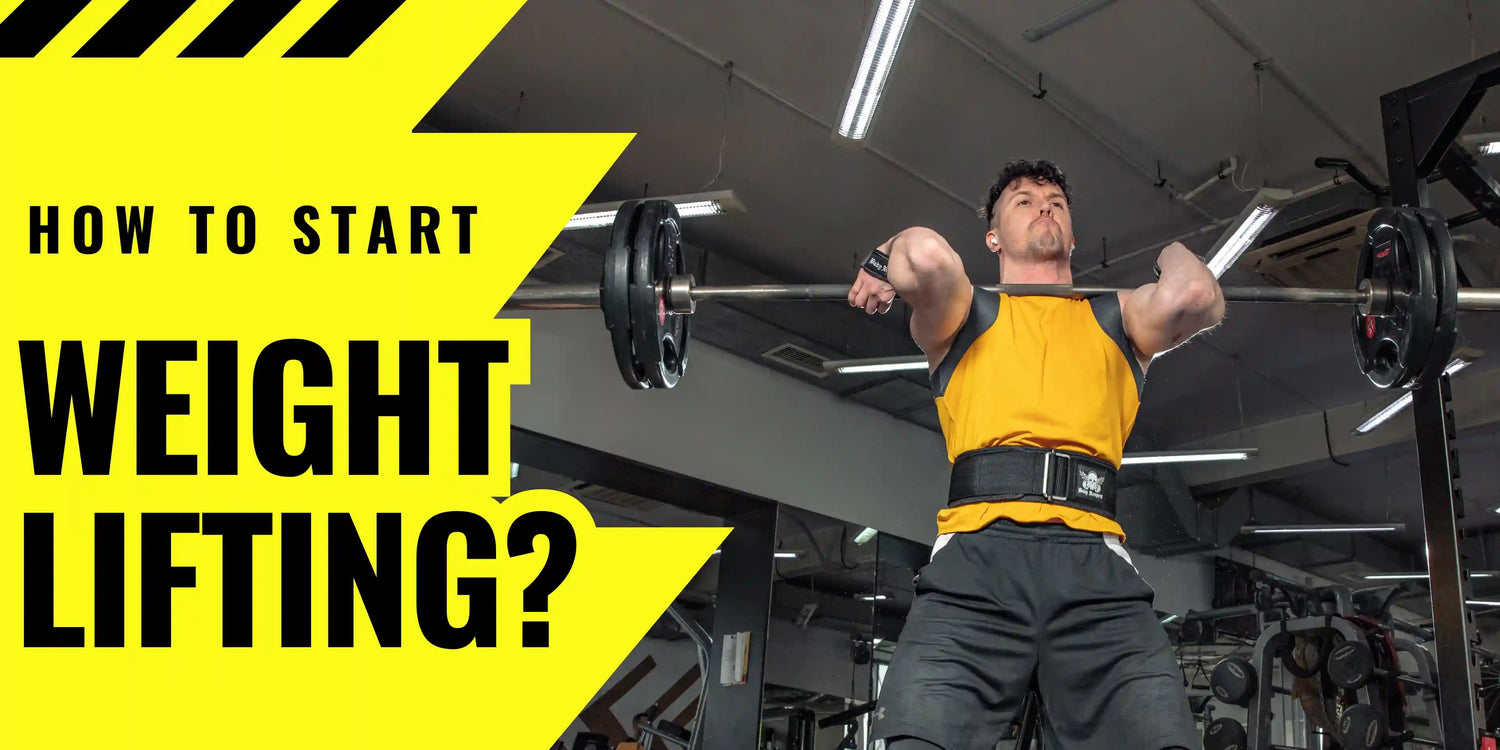
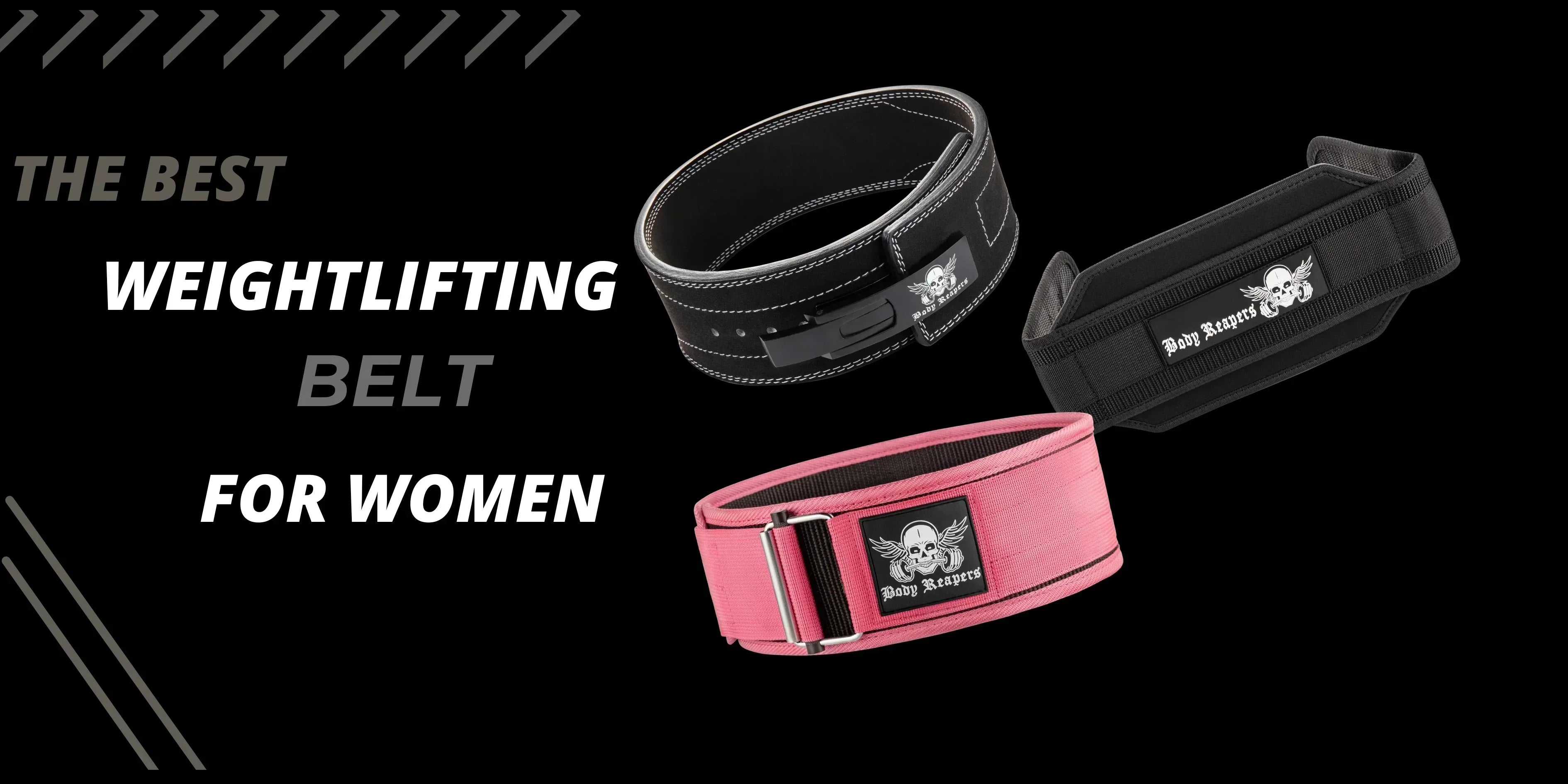
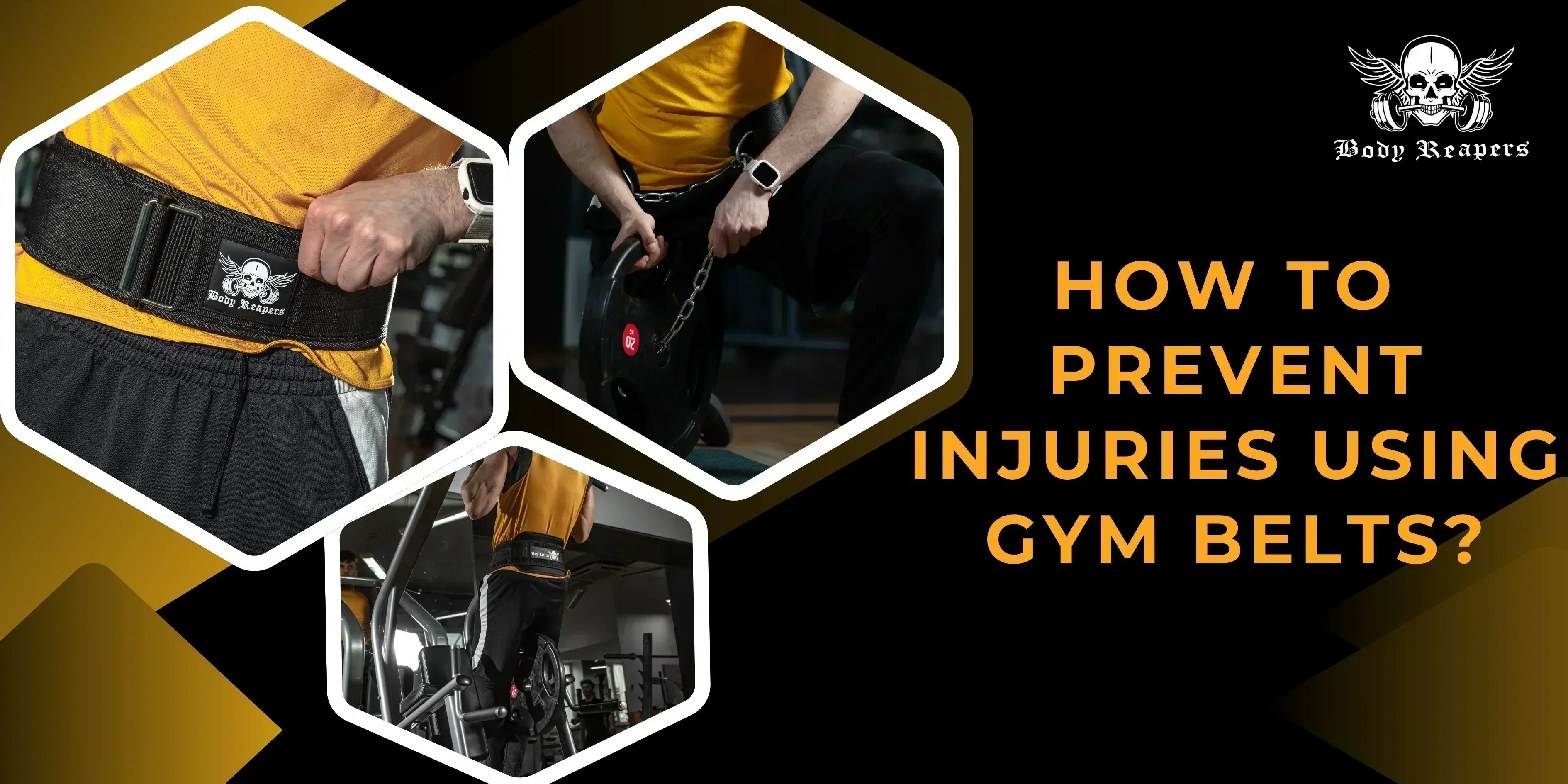
Leave a comment
This site is protected by hCaptcha and the hCaptcha Privacy Policy and Terms of Service apply.